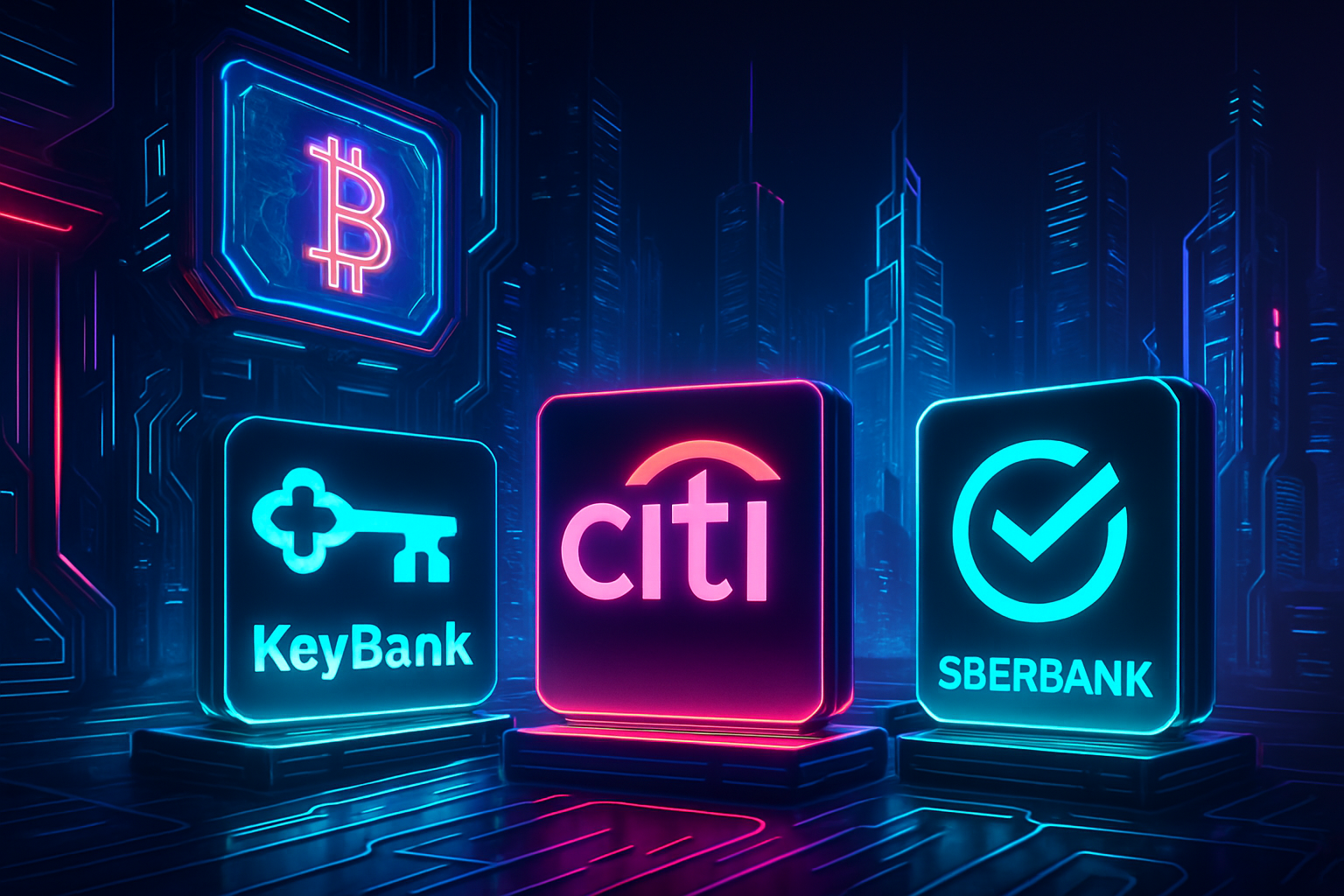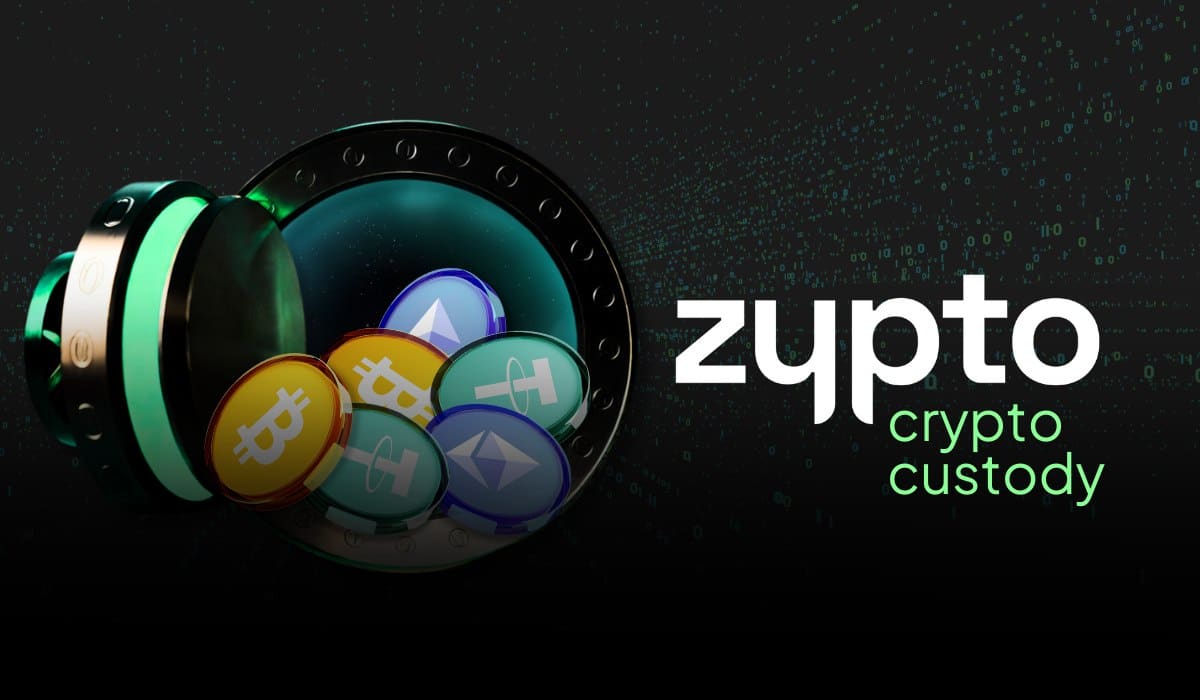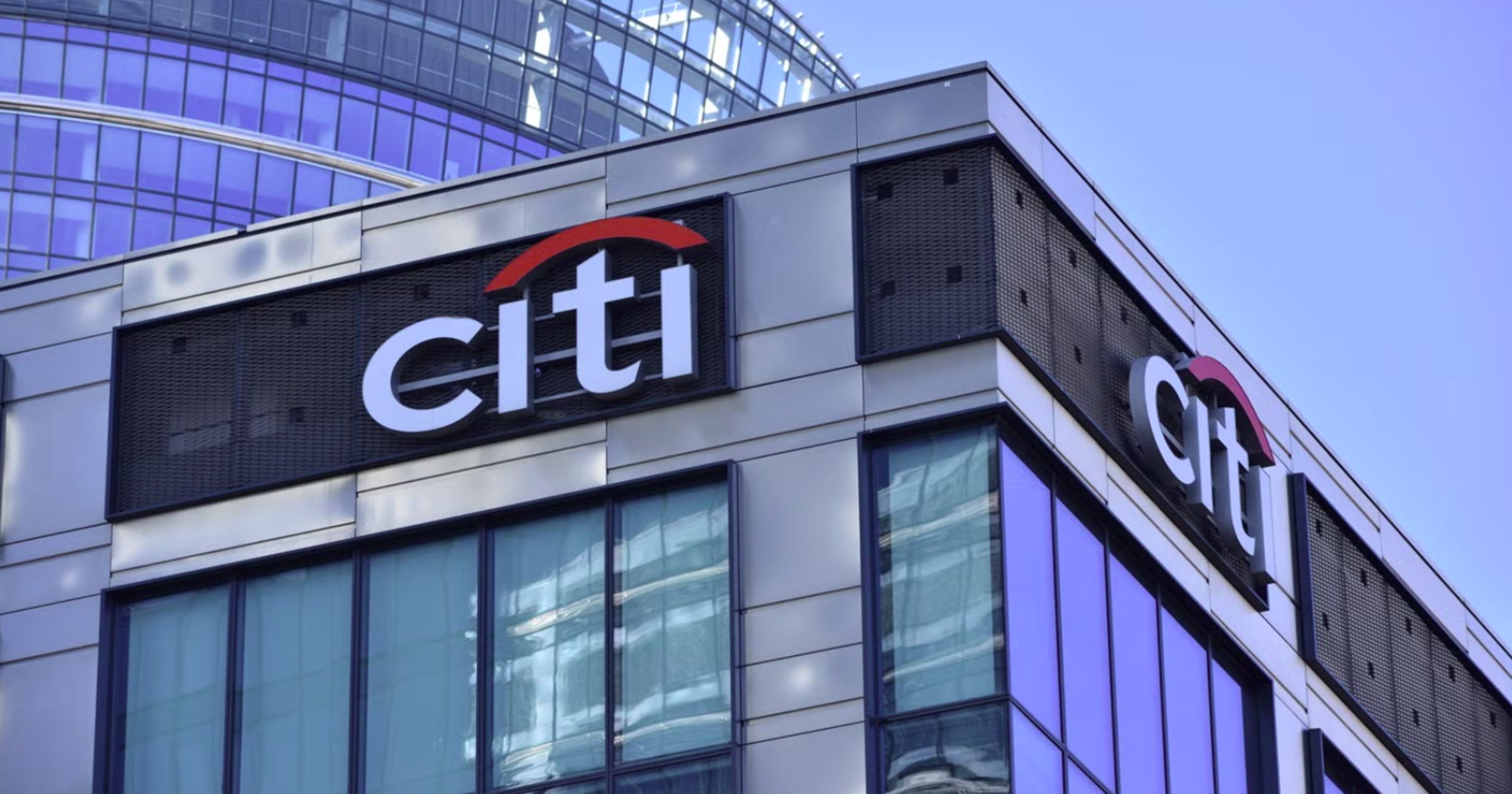
The landscape of crypto custody banks is rapidly evolving as traditional financial institutions recognize the growing demand for secure, regulated digital asset services. In 2025, three major players provides Citibank, Sberbank, and KeyBank: are setting new standards by launching or expanding their crypto custody offerings. Their initiatives mark a significant shift in both institutional and retail access to cryptocurrencies, blending robust risk controls with user-friendly banking experiences.
![]()
KeyBank: Early U. S. Entrant in Digital Asset Custody Services
KeyBank’s recent announcement positions it among the first regional U. S. banks to roll out comprehensive crypto custody services for its customers. With approximately 3.5 million clients, KeyBank is leveraging updated federal regulations that now permit American banks to offer crypto services under strict compliance frameworks. The bank will partner with licensed third-party custodians to manage the technical aspects of storage and transaction processing, ensuring that every step aligns with federal oversight.
This move is not just about enabling Bitcoin purchases; it’s about integrating digital assets directly into everyday banking workflows. Clients will be able to buy, store, and trade cryptocurrencies like Bitcoin through their existing KeyBank accounts, eliminating the need for separate exchanges or external wallets. This seamless integration is a response to increasing client demand for regulated access points and highlights KeyBank’s commitment to innovation within the framework of traditional risk management.
Citibank: Pioneering Institutional Crypto Custody (2026 Launch)
Citibank’s approach targets institutional and corporate clients who require advanced security and compliance features when managing large-scale digital holdings. Scheduled for a 2026 launch, Citibank’s service will employ multi-layered security protocols, including encrypted vaults and rigorous authentication, to safeguard assets such as Bitcoin and Ethereum.
Citi’s strategy centers on bridging traditional finance with digital asset infrastructure. By providing custody alongside payment solutions and trade services, Citibank aims to make crypto feel as accessible, and as safe, as any other asset class on its platform. According to recent coverage (source), this initiative could “make digital assets feel less like a gamble and more like a checking account. ” For institutional investors seeking regulatory clarity and operational efficiency, Citibank’s offering could be transformative.
Sberbank: Russia’s State-Owned Leader in Crypto Asset Custody
Sberbank stands out as Russia’s largest lender and a pioneer in bringing regulated crypto custody services to the Russian market. Following recent shifts in central bank policy allowing businesses to use digital assets for international trade, Sberbank has moved quickly to position itself at the forefront of domestic cryptocurrency management.
The bank has submitted proposals advocating for regulation that treats crypto assets similarly to traditional account holdings, ensuring token security under Sberbank’s custodianship. This initiative is designed not only to protect users from hacks but also to facilitate smoother business operations involving cryptocurrencies within Russia’s evolving legal framework (source). Sberbank’s entry signals both regulatory acceptance and growing institutional commitment within one of the world’s largest emerging markets.
How Leading Banks Are Shaping Crypto Custody
-

Citibank: Pioneering Institutional Crypto Custody (2026 Launch)Citibank is set to launch its institutional-grade crypto custody service in 2026, targeting corporate and asset management clients. The bank emphasizes multi-layered security—including encrypted vaults and rigorous authentication—and aims to integrate digital assets like Bitcoin and Ethereum with traditional banking services. This approach positions Citi as a trusted, regulated entry point for institutional investors seeking secure digital asset management.
-

Sberbank: Russia’s State-Owned Leader in Crypto Asset CustodySberbank, Russia’s largest state-owned lender, is leading the charge in providing regulated crypto custody services for Russian digital assets. Leveraging recent legislative shifts, Sberbank is advocating for crypto assets to be treated similarly to bank account holdings, ensuring robust protection and regulatory oversight. The bank’s custody platform is designed to safeguard users from hacks and facilitate compliant international transactions.
-

KeyBank: Early U.S. Entrant in Digital Asset Custody ServicesKeyBank is among the first major U.S. regional banks to enable its 3.5 million customers to buy, store, and trade cryptocurrencies directly from their bank accounts. By partnering with licensed third-party custodians and strictly adhering to updated federal regulations, KeyBank offers seamless, compliant access to digital assets without requiring clients to use external crypto platforms.
Together, these banks exemplify how established financial institutions are adapting their models in response to client needs while maintaining rigorous compliance standards. Their differing approaches reflect both regional regulatory realities and distinct customer bases, but all signal a clear trend: mainstream adoption of secure crypto custody is accelerating across global banking sectors.
As the crypto custody landscape matures, differences in execution and regulatory posture among Citibank, Sberbank, and KeyBank are becoming more pronounced. Each bank’s strategy offers a window into how traditional finance is adapting to digital asset demand, whether through institutional-grade security, regional regulatory alignment, or seamless retail integration.
Comparing Crypto Custody Approaches
KeyBank’s early adoption in the U. S. is notable for its retail focus. By embedding crypto services directly in consumer banking apps, KeyBank is betting that ease of access and regulatory clarity will drive mainstream adoption. This model could become a blueprint for other regional banks as federal guidance stabilizes and customer expectations evolve.
Citibank’s institutional play, meanwhile, is all about scale and trust. By leveraging its global infrastructure and compliance expertise, Citi seeks to attract asset managers, corporations, and high-net-worth individuals who demand robust controls. The use of encrypted vaults and multi-factor authentication aims to address lingering security concerns that have historically kept institutional capital at bay. Citi’s push may also encourage other global banks to accelerate their own digital asset custody roadmaps.
Sberbank’s move is particularly significant within Russia’s unique regulatory climate. By aligning closely with central bank policy shifts and advocating for clear legal treatment of crypto assets, Sberbank is positioning itself as the default gateway for Russian enterprises seeking regulated exposure to digital currencies. This could prove pivotal as international trade increasingly leverages blockchain rails for settlement and remittance.
Why Are Banks Racing Into Crypto Custody?
The motivation driving these banks isn’t just client demand, it’s also about risk management and future-proofing their business models. As digital assets become woven into payment systems, investment portfolios, and even cross-border commerce, banks that offer secure custody stand to capture new revenue streams while mitigating reputational risks associated with hacks or non-compliance.
For clients, whether retail investors at KeyBank or institutional players at Citibank, the appeal lies in trusted brands providing regulated on-ramps to crypto markets. This reduces friction compared to standalone exchanges or wallets which may lack the same level of oversight or insurance protections.
The Road Ahead: Trends and Takeaways
Looking forward, expect further convergence between traditional banking services and digital asset infrastructure. Regulatory clarity will remain critical, banks like Sberbank are already shaping local policy discourse by pushing for clearer rules around tokenized assets.
The competitive landscape is also likely to intensify as more institutions enter the fray with differentiated offerings targeting specific customer segments or geographies. Whether it’s KeyBank’s retail-first approach or Citibank’s institutional-grade platform launching in 2026 (source), one constant remains: security standards will continue to rise as client expectations evolve.
How Top Banks Are Differentiating Crypto Custody
-

Citibank: Pioneering Institutional Crypto Custody (2026 Launch)Citibank is set to launch its crypto custody service in 2026, targeting institutional and corporate clients. Its strategy emphasizes multi-layered security—including encrypted vaults and rigorous authentication—to safeguard assets like Bitcoin and Ethereum. Citibank integrates digital asset management with traditional banking, aiming to make crypto custody as reliable as conventional accounts for large-scale clients.
-

Sberbank: Russia’s State-Owned Leader in Crypto Asset CustodySberbank, Russia’s largest lender, is launching custody services for Russian cryptocurrency assets. The bank is working closely with regulators to align crypto custody with traditional asset protections, offering secure storage and regulatory compliance. Sberbank’s initiative supports domestic crypto adoption and enables businesses to use digital assets in international trade, reflecting Russia’s evolving regulatory landscape.
-

KeyBank: Early U.S. Entrant in Digital Asset Custody ServicesKeyBank is among the first U.S. regional banks to enable its 3.5 million customers to buy, store, and trade cryptocurrencies directly through their bank accounts. By partnering with licensed third-party firms and adhering to updated federal regulations, KeyBank ensures robust compliance and risk controls. This approach provides seamless, regulated access to digital assets for retail clients, bridging traditional banking and crypto.
For anyone navigating the world of crypto custody banks, these case studies underscore the importance of choosing providers who combine technical rigor with regulatory compliance, and who have a track record of adapting quickly as both markets and laws change.
The next wave of digital finance won’t be defined solely by technology but by trust in institutions that can bridge old-world reliability with new-world innovation.






